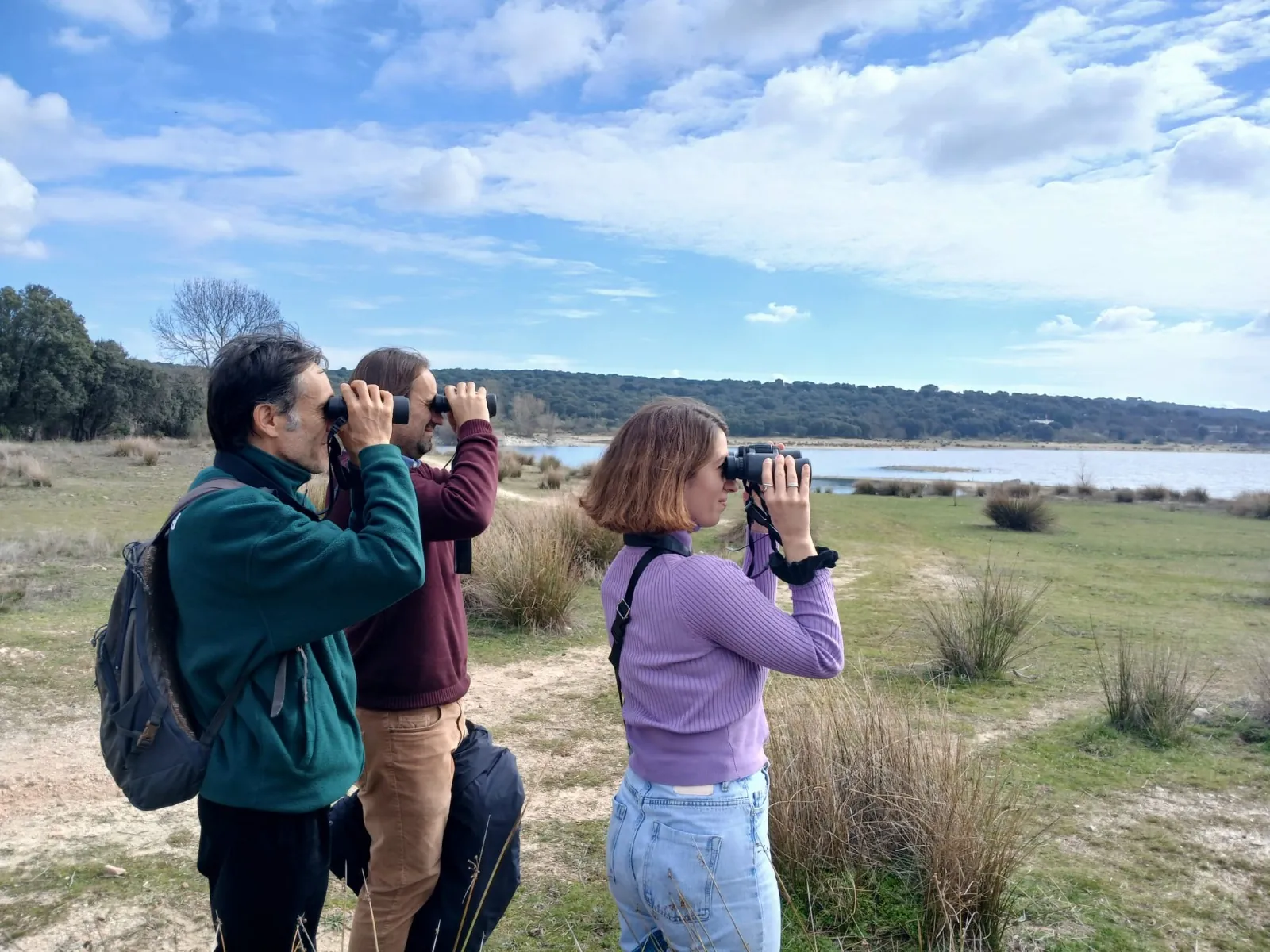Whether you arrive in Brazil at the start or the end of your South American journey, one thing is unavoidable: it will be more expensive than every other country you visit. Some travellers like to start there so everything gets cheaper after they leave. Others (myself included) leave it until the end, and even though we know it’s going to cost more than we have been used to living on in the likes of Colombia, Ecuador, Peru and Bolivia, don’t really realise how much until we get there.
The place in Brazil where prices are notably highest is Rio. When I arrived there in January of this year, it was my last stop in South America and I was running very short on money. After 3 months of paying $10 a night for a hostel, I knew I was going to struggle with paying closer to $30 a night in Rio. And when some of my friends were going for steak dinners and I was saving extra bread rolls from the free hostel breakfast to eat for lunch, it could have been a very long week.
As it turned out, I had an amazing time in Rio and it didn’t matter at all that I didn’t have a lot to spend. There a lot of ways to see and do the many amazing things on offer without spending a great deal, especially if you know some basic Portuguese and do a bit of planning in advance.
Where to stay
The hostel that I paid approx. $27 USD a night for a 9 bed dorm was in Ipanema. With its shady, tree covered streets, spectacular sunset and abundance of restaurants and bars, Ipanema is the most ideal place to stay in Rio, which also makes it the most expensive. If you want to stay at the beach and save a bit of money, Copacabana is a great choice. Boasting its own long stretch of sand, views of Pão de Açúcar and vibrant nightlife, you will have an amazing time here. The two beaches are within walking distance of each other, and the bonus of staying in Copacabana is that hostels here are a few dollars cheaper a night than the ones in Ipanema. If staying at the beach is not high on your priority list, or you don’t mind taking public transport to get there, hostels in Lapa and Santa Teresa (downtown Rio) are cheaper once again. Most hostels in Rio include free breakfast, which is often fairly basic, but will save you eating out.
What to do for free
Rio’s beaches are a flurry of activity and are utterly fascinating. A walk along Leblon, Ipanema and Copacabana beaches is as much about people watching as it is about soaking up the sun. You will encounter runners, cyclists and skateboarders, and can watch people playing volleyball, footvolley and paddle boarding. When you venture down onto the sand, hiring beach chairs and umbrellas is popular but optional, and not really necessary if you bring a towel and a hat. If you are hungry, thirsty or feel like buying a new Brazilian style bikini, wave down one of the many people who wander the beach selling snacks and drinks, and in some cases swimwear and clothes. At the end of the day, hundreds of people gather at Ponta Do Arpoador on the eastern side of Ipanema to watch the sun set over the water at the other end of the beach. A short bus trip from the beaches will bring you to downtown Rio, where you can visit the famous Lapa steps, see the cathedral in the city centre or walk to Santa Teresa.
The “Do It Yourself” city tour
For sightseeing in Rio, a full day city tour includes all of the highlights; Lapa, Cristo Redentor, Pão de Açúcar and Santa Teresa for about $100 USD. However, it’s also possible to visit all of these places yourself for the cost of a bus fare and entry fees. The public bus system in Rio is modern and well organised, and most importantly provides access to the city’s sights at a much lower price. It is easy to navigate with all buses displaying numbers and destinations, and route information shown at bus stops. The use of some basic Portuguese would be beneficial if you want to check you have the right bus or ask the driver to tell you where to get off. Buses from Ipanema and Copacabana go downtown for Lapa and Santa Teresa, and to the entrance points for Pão de Açúcar and Cristo Redentor. A trip to Cristo Redentor by bus cost me approx. $20 USD including the bus fare and tram to the top of the mountain.
Weigh your food
Because my money situation was so precarious in Rio, most of my dinners were from street food vendors after watching the sunset in Ipanema. It was great food that I highly recommend trying, however for something more substantial there is nothing better than Brazil’s unique “weigh your food” restaurants. As with accommodation, restaurants are cheaper in Lapa than at the beaches, and there are plenty to choose from with competitive prices. I stumbled across one when trying to escape the rain before visiting the Lapa steps, and had a fantastic lunch. You will be given a plate, and can fill it up with whatever you think you can eat from the buffet. When you are done, you bring your plate to the cashier who will put it on the scales, subtract the weight of the plate, and tell you the price. Most restaurants offer a rate per 200 grams of food. It’s a great way of making sure you only pay for what you eat – as long as your eyes aren’t bigger than your stomach!
Friday nightlife
A trip to Rio is not complete without visiting Lapa on a Friday night. Clubs in the area, including the city’s best samba clubs and the famous Rio Scenarium, charge about $20 USD cover, but the best party is outside. The streets are closed to cars, which are replaced by vendors selling street food and drinks, and hundreds of people walking, dancing and taking in the atmosphere. Start the night by getting a drink (approx. $1 USD for beer from the street vendors), and then wander up to the Lapa steps. Squeeze through the crowds and pick a spot on the steps to listen to the samba band that is playing nearby, or try to master the quick footwork by joining in with those dancing. Often the intention to go to a club in Lapa on a Friday night is quickly forgotten when you step out of the taxi and the first sounds of samba drums meet your ears. The Carnival like vibe of the outdoor festivities and the passion for the music that is the heart and soul of the city make for an unforgettable (and cheap) night out.
Football fever
One of the most popular things to do when visiting Rio is to go to a football game. Hostels will commonly arrange group trips with transport and a guide. Most games are held at Maracanã stadium, but it was closed for World Cup renovations when I was there. There was a game between Flamengo and Botafogo at a different stadium, and I went with some friends. Following the theme of saving money, we decided not to go with the hostel because it was cheaper to buy tickets at the stadium. Getting there was no problem, we caught a subway then a train, and there were trilingual stadium staff to help with buying tickets. The game ended in a 0-0 draw, but was still a lot of fun. The crowd were enthusiastic throughout the whole game, singing, dancing and cheering. Trying to get back after the game was less smooth sailing, and although we made it eventually, things did get a little scary. While saving money is always important, safety ranks higher, so in this situation in the future I would always pay a little bit extra and book through the hostel.
Many thanks Bronwyn for sharing these excellent tips for doing Rio on a budget! If you would like to find out where Bronwyn is now, check out her travel blog at www.whereisbron.com.
If you’re looking for a great place to stay … check out our 8 hostels in RIO!







